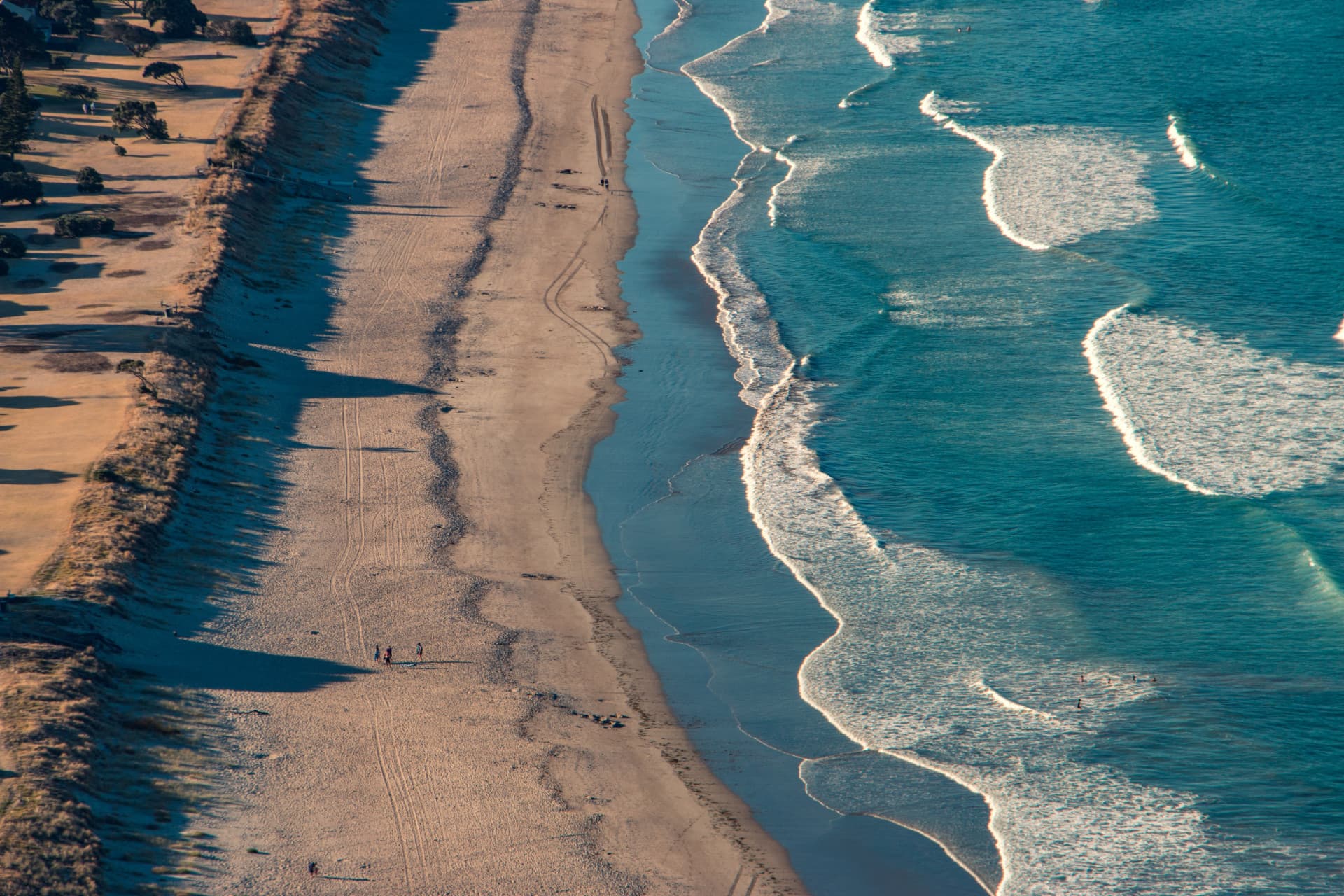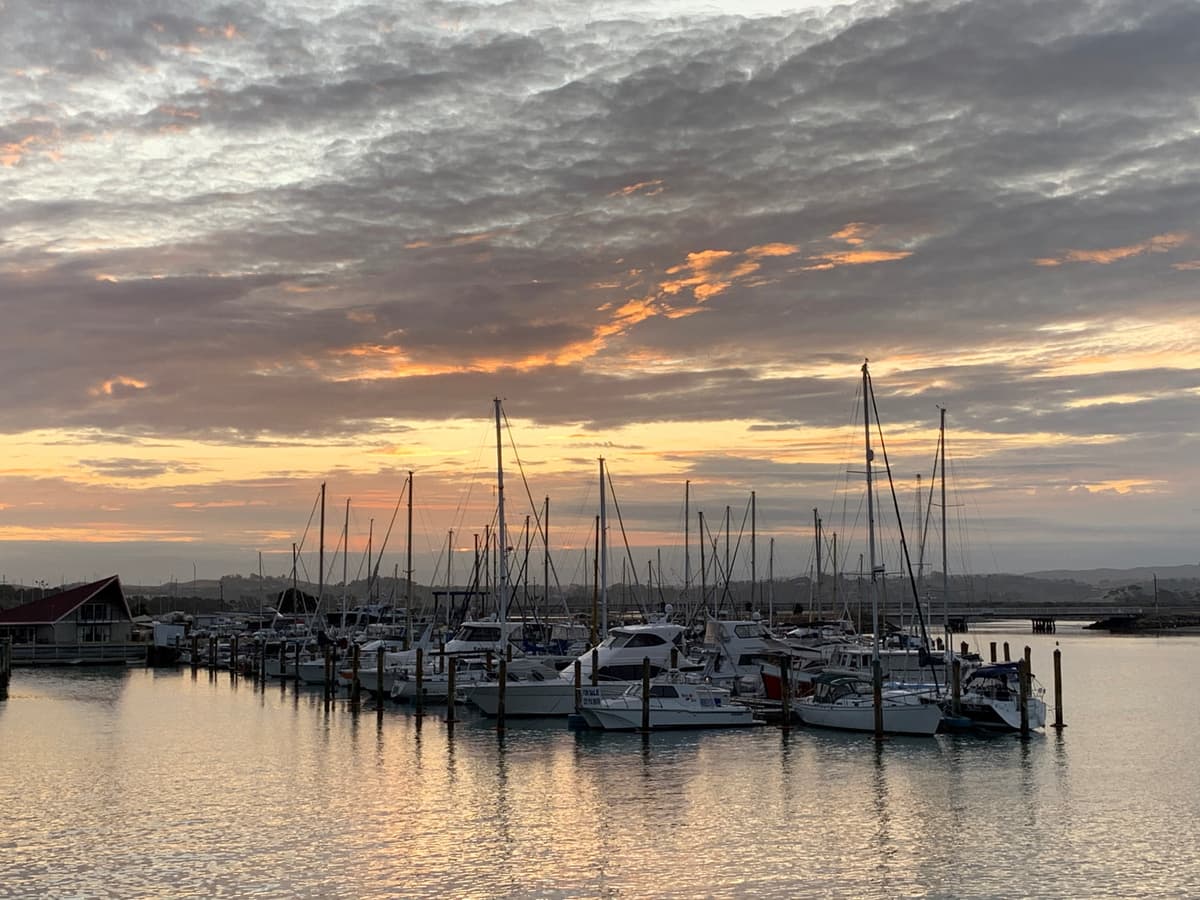

Online decision-support tools for informing the management of cumulative effects in the coastal and marine environment.
Visualising spatial relationships of environmental characteristics and uses on marine species and ecosystems can help inform management considerations and potential sources of cumulative effects. These tools are designed to assist in visualising the spatial extent and patterns of multiple stressors from both land and sea to better understand how stressors overlap with each other and with the distributions of marine organisms, habitats and ecosystems. The tools showcase ki uta ki tai, the interconnections from the mountains to the sea, and provide a holistic view of social-ecological systems which aligns with mātauranga Māori.
These tools are designed to support an ecosystem-based management approach tailored to Aotearoa New Zealand through visualisation of spatial information relevant to management decisions. These cumulative effects tools were created in an ArcGIS Enterprise platform, and include layers from several publicly available national data platforms such as the Department of Conservation geoportal (DOC Marine Data Portal (arcgis.com)), Ministry of Primary Industries – Fisheries New Zealand NABIS (Ministry for Primary Industries Open Data Site (arcgis.com)), Land Information New Zealand (LINZ Data Service) and New Zealand Petroleum and Minerals (New Zealand Petroleum and Minerals - Home (nzpam.govt.nz)). Other datasets were sourced from regional councils and from the National Institute of Water and Atmospheric Research Ltd. (NIWA), and are compiled together in one location to provide an efficient resource for informing coastal and marine based decisions.
The regional tool features similar layers available in the national tool with the addition of some Hawke’s Bay specific and higher resolution datasets.
Both mapping applications allow you to select the layers of interest and overlay the variables most useful to you as we collectively strive not just to mitigate damage but to restore greater vitality to our coastal and marine ecosystems.
